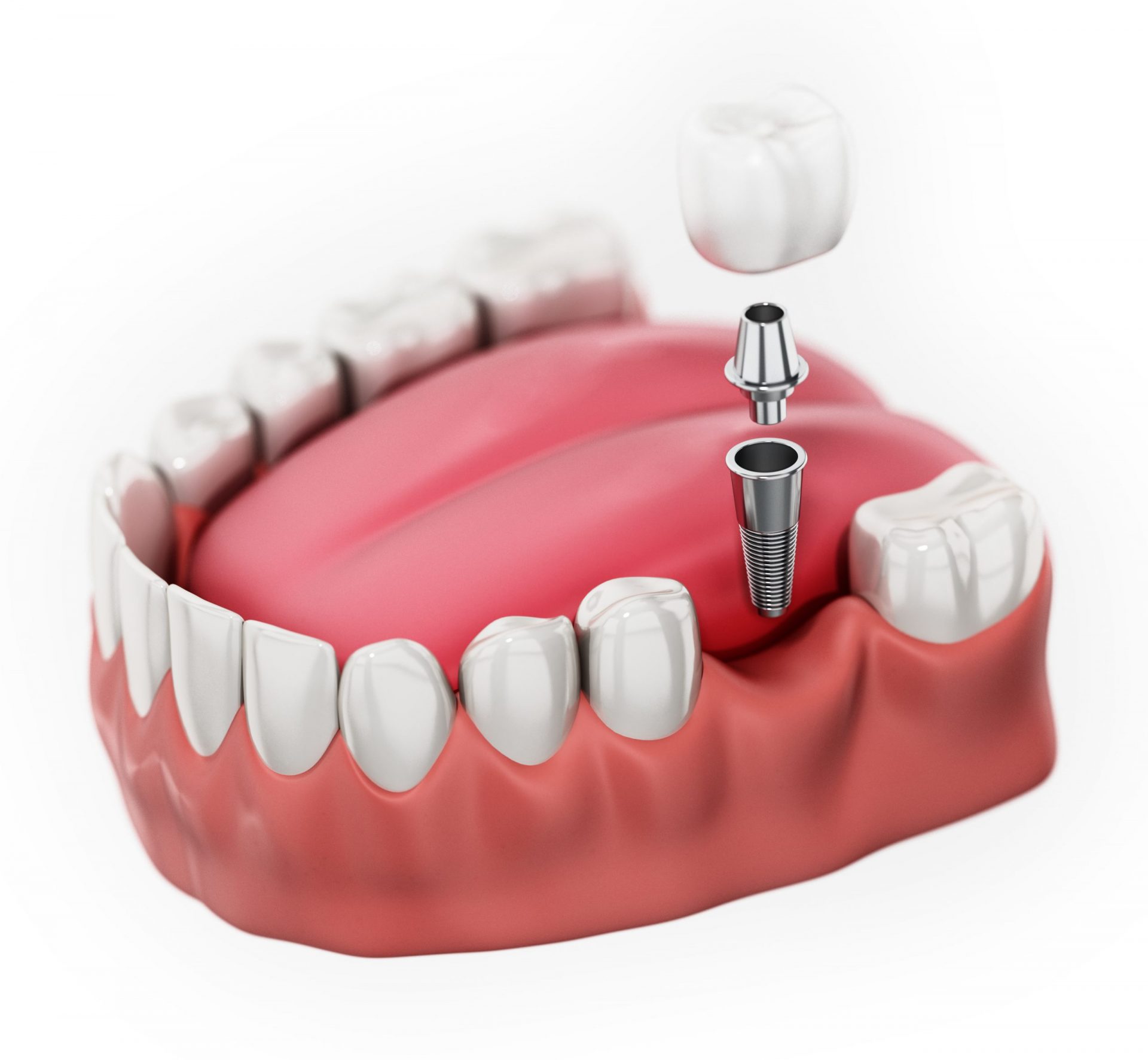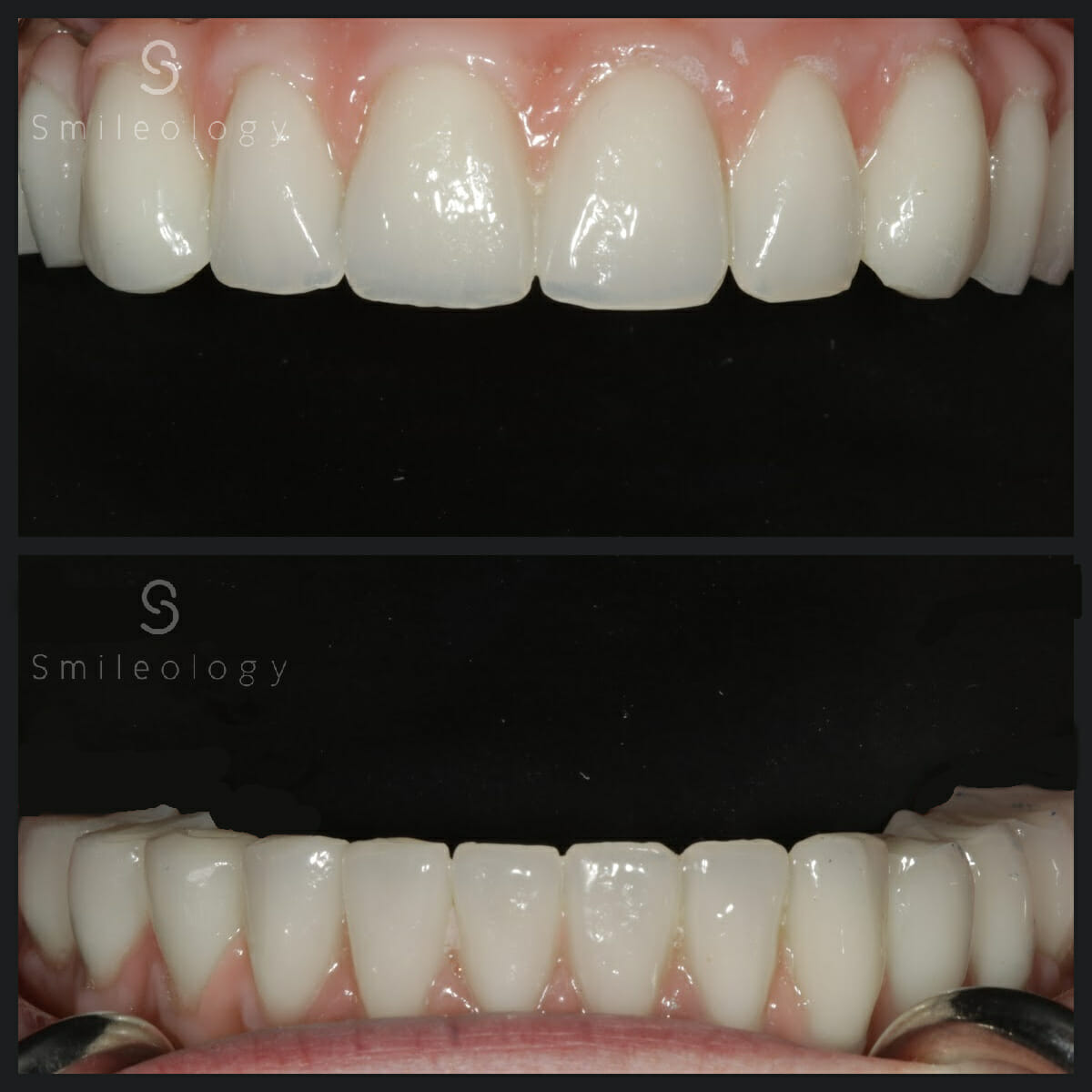Your Overview to Dental Implants Kent: Redeem Your Dental Wellness
Wiki Article
Experience the most up to date Developments in Oral Implants Technology
As the field of dentistry continues to evolve, the advancements in dental implant innovation have been nothing brief of impressive. The combination of innovation is transforming the capability of dental implants, assuring enhanced outcomes and individual fulfillment.Advanced Materials for Boosted Longevity
In the realm of oral implants technology, the assimilation of advanced products has actually considerably added to improving durability and durability of these critical dental prosthetics. The use of materials such as titanium alloys, zirconia, and ceramic substances has actually transformed the area by offering enhanced resistance, toughness, and biocompatibility to rust.
Titanium alloys are widely used in dental implants because of their outstanding strength-to-weight ratio, rust resistance, and compatibility with the body. These alloys guarantee the security and long life of the dental implant by enduring the pressures applied throughout eating and talking, giving a trusted remedy for patients seeking resilient tooth replacements.
Zirconia, a sort of ceramic product, has actually gained popularity for its biocompatibility and natural tooth-like appearance. Its high stamina and resistance to put on make it an ideal selection for oral crowns and bridges, enhancing the overall appearances and capability of the dental implant.

Digital Imaging for Specific Positioning
The development of dental implants innovation has even more progressed with the combination of electronic imaging methods, guaranteeing exact positioning of these prosthetics for ideal useful and visual end results. Digital imaging plays a crucial role in the planning and placement of oral implants by offering comprehensive 3D pictures of the client's jawbone framework. This technology allows dentists to examine bone density, locate essential structures, and plan the specific position and angle for dental implant placement with unparalleled accuracy.By utilizing electronic imaging, dental experts can produce online surgical overviews that serve as a roadmap during the implant placement procedure. These guides are personalized for every individual, considering their one-of-a-kind anatomy and the wanted result. This degree of accuracy not just boosts the success price of oral implant treatments however additionally reduces the risk of difficulties.
In addition, digital imaging enables dental professionals to imagine the last prosthetic remediation before the actual positioning of implants, permitting careful planning and making sure that the end result fulfills the client's visual assumptions. Generally, the assimilation of digital imaging modern technology has revolutionized the area of oral implants, offering patients a more predictable, effective, and patient-specific treatment strategy.

Minimally Intrusive Surgical Techniques


Innovations in medical methods have caused the development of minimally invasive techniques in the area of oral implantology. These techniques intend to minimize trauma to the individual, reduce recovery times, and improve total treatment end results. Minimally intrusive surgeries entail smaller cuts, specialized tools, and advanced imaging innovations to exactly put oral implants with minimal interruption to surrounding cells.
One trick facet of minimally intrusive methods is using assisted surgical treatment, where 3D imaging and computer-aided layout software program are used to plan the dental implant positioning with terrific accuracy. This permits a much more foreseeable outcome and can often remove the demand for comprehensive flap surgery.
In addition, developments in products and implant design have actually also contributed to the success of minimally intrusive strategies. Implants with enhanced surface area properties advertise quicker osseointegration, lowering the recovery time needed prior to the prosthetic repair can be put.
3D Printing for Custom-made Solutions
Using 3D printing technology in dental implantology permits for the production of very personalized services customized to individual person demands and anatomical variants. This innovative technology enables dental professionals to develop and make dental implants with remarkable precision and accuracy. By using digital imaging strategies, such as cone beam of light computed tomography (CBCT), detailed 3D models of the person's oral dental caries can be generated to direct the dental implant preparing process.One of the key advantages of 3D printing in oral implantology is the ability to create patient-specific implants that flawlessly fit the special composition of each person. This individualized strategy aids boost the overall success and long life of the implant websites by making sure optimum fit and positioning. In addition, 3D printing permits for the production of intricate geometries and intricate frameworks that would be challenging or difficult to accomplish using typical manufacturing techniques.
Additionally, 3D printing technology makes it possible for dental professionals to enhance the implantation process, minimizing surgery time and improving overall individual experience. With its capacity to develop personalized options quickly and effectively, 3D printing is revolutionizing the area of oral implantology, offering clients innovative treatment alternatives and enhanced end results.
Integrated Technology for Improved Functionality
Executing sophisticated technology in oral implantology boosts functionality and accuracy, boosting the standard of care for clients undergoing implant treatments. Integrated technology plays a crucial role in improving the general success and resilience of dental implants.Furthermore, the integration of computer-aided layout and computer-aided official source production (CAD/CAM) modern technology enables the creation of customized dental implant remediations with outstanding accuracy. CAD/CAM systems make use of digital perceptions to design prosthetics that flawlessly fit the patient's distinct composition, making sure optimum convenience and performance. Additionally, making use of robotic-assisted surgery in implant positioning boosts precision and decreases the threat of human error.
Final Thought
To conclude, the current advancements in dental implants innovation deal improved durability via sophisticated products, accurate placement with digital imaging, minimally invasive surgical techniques, tailored solutions with 3D printing, and boosted performance with integrated innovation - Dental implants Kent. These advancements in oral implants find technology are reinventing the area and giving people with more reliable and reliable treatment choices for recovering their smiles and dental healthThe assimilation of technology is reinventing the functionality of dental implants, assuring improved outcomes and client complete satisfaction.
The advancement of oral implants technology has actually additionally advanced with the combination of electronic imaging methods, making sure exact positioning of these prosthetics for optimum useful and aesthetic results. Minimally invasive medical treatments include smaller lacerations, specialized instruments, and advanced imaging technologies to specifically position oral implants with very little disruption to surrounding tissues.
Implementing advanced modern technology in oral implantology improves capability and precision, boosting the criterion of treatment for people undergoing dental implant procedures. Dental implants Kent. Integrated innovation plays a crucial duty in enhancing the overall success and toughness of oral implants
Report this wiki page